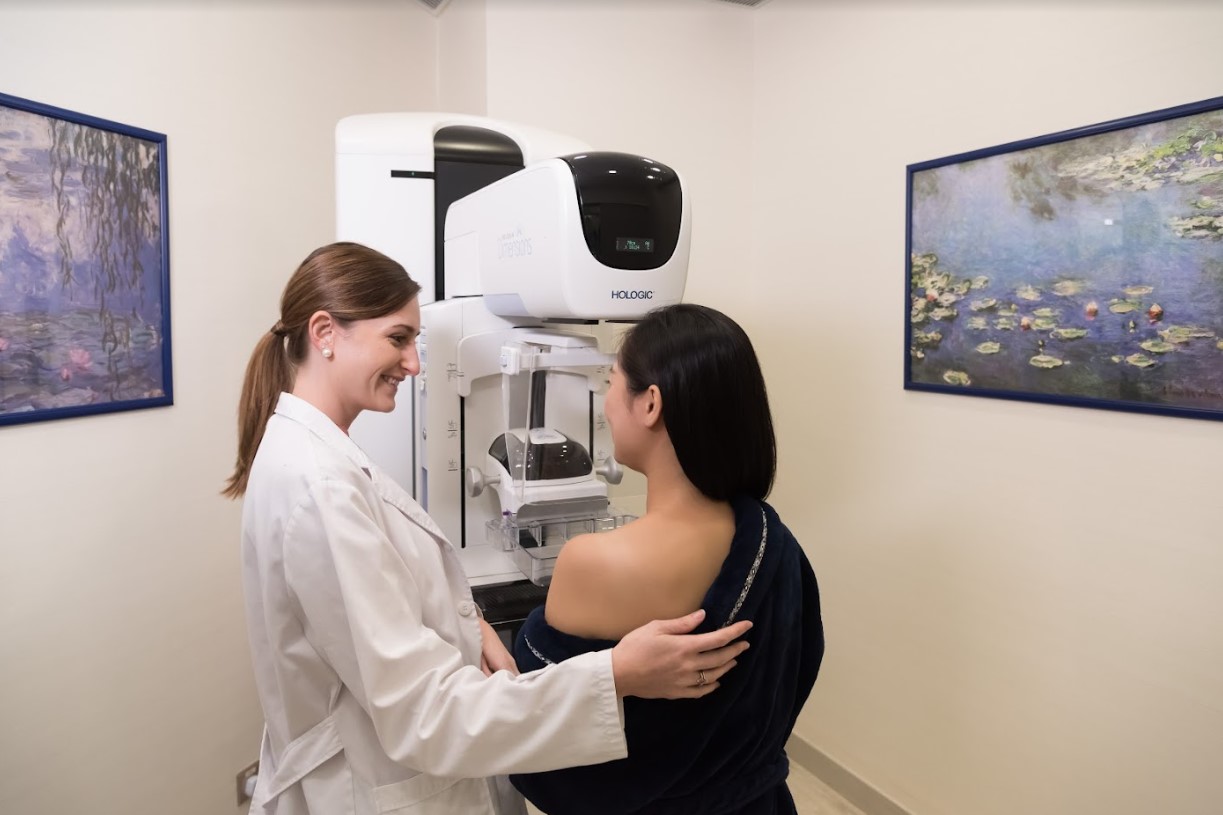
Breast Biopsy: Understanding the Procedure, Risks, and Benefits
Breast biopsy is a medical procedure that involves removing a small sample of breast tissue or cells for further testing. This procedure is typically recommended for individuals who have an abnormality or suspicious area detected in their breast during a mammogram, ultrasound, or physical examination. In this article, we will explore the different types of breast biopsy, the risks and benefits associated with the procedure, and what individuals can expect during and after the procedure.
Types of Breast Biopsy
There are several types of breast biopsy, each of which is designed to obtain a sample of breast tissue for further analysis. The most common types of breast biopsy include:
Needle Biopsy: Needle biopsy is the most common type of breast biopsy. This procedure involves inserting a fine needle into the breast to withdraw a small amount of tissue or fluid. There are two types of needle biopsy: fine-needle aspiration biopsy (FNA) and core needle biopsy (CNB). FNA biopsy uses a small needle to withdraw fluid or cells from a breast lump, while CNB uses a larger needle to remove a small cylinder of tissue.
Surgical Biopsy: Surgical biopsy is a more invasive procedure that involves removing a larger sample of breast tissue through a small incision. This procedure is usually done under general anesthesia and may be recommended if the abnormality is deep within the breast tissue or if a larger sample of tissue is needed for analysis.
Vacuum-Assisted Biopsy: Vacuum-assisted biopsy is a type of core needle biopsy that uses a vacuum-powered device to remove a larger sample of breast tissue. This procedure is typically done under local anesthesia and may be recommended for individuals with suspicious microcalcifications or other abnormalities that cannot be easily accessed with a standard core needle biopsy.
Risks and Benefits of Breast Biopsy
While breast biopsy is generally considered a safe and effective procedure, it does carry some risks. The most common risks associated with breast biopsy include bleeding, infection, and bruising. In rare cases, more serious complications may occur, such as damage to surrounding tissue or nerves.
However, the benefits of breast biopsy typically outweigh the risks, as the procedure can provide important information about the nature of the breast abnormality. A breast biopsy can help determine whether the abnormality is cancerous or non-cancerous, and can also provide information about the type and stage of any cancer that is detected.
What to Expect During and After Breast Biopsy
Before the biopsy, individuals will typically undergo some form of imaging, such as a mammogram, ultrasound, or MRI. This imaging will help guide the biopsy needle to the site of the abnormality. Depending on the type of biopsy being performed, individuals may receive local or general anesthesia to minimize discomfort during the procedure.
After the biopsy, individuals may experience some discomfort or soreness at the site of the biopsy. This discomfort can typically be managed with over-the-counter pain medication. Individuals should avoid strenuous activity or heavy lifting for a few days after the biopsy, and should follow any other post-procedure instructions provided by their healthcare provider.
The biopsy samples will be sent to a laboratory for analysis, and the results will be available within a few days to a week. Individuals should follow up with their healthcare provider to discuss the results of the biopsy and any further treatment that may be necessary.
When to Consider Breast Biopsy
Breast biopsy is typically recommended for individuals who have an abnormality or suspicious area detected in their breast during a mammogram, ultrasound, or physical examination. It may also be recommended for individuals who have a family history of breast cancer, or for those who have certain genetic mutations that increase the risk of developing breast cancer.
It is important to note that not all breast abnormalities detected during screening require a biopsy, and decisions about whether to have a biopsy should be made in consultation with a healthcare provider who can evaluate individual risks and benefits.
Conclusion
Breast biopsy is an important diagnostic tool used to evaluate breast abnormalities and to diagnose or rule out breast cancer. The type of biopsy recommended depends on several factors, including the size and location of the breast abnormality, the patient’s medical history, and other factors such as breast size and breast density.
While breast biopsy is generally considered safe, it is important to be aware of the risks and to follow any post-procedure instructions provided by the healthcare provider. If you have concerns about your breast health or have detected an abnormality in your breast, it is important to speak with your healthcare provider about whether a breast biopsy is recommended for you. Early detection and treatment of breast abnormalities can improve outcomes and increase the chances of successful treatment.

Leave a Reply